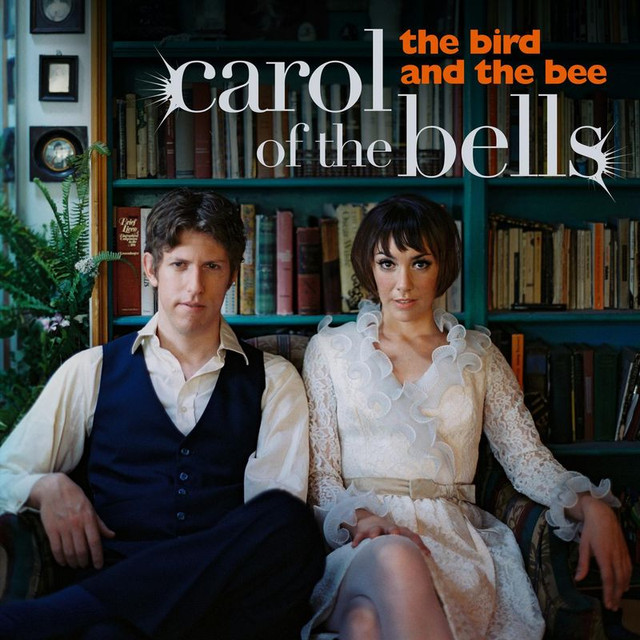
Over the next three weeks, as Christmas creeps closer and we all begin to tire of the same old seasonal music, I’ve got three just-slightly-different Christmas songs to share with you. Let’s kick things off with this quirky rendition of “Carol of the Bells.”
Even before The Bird and the Bee upped the quirkiness, “Carol of the Bells” always stood apart from most Christmas music for me. This is probably because it’s in a minor key, which is rare for a festive track. The four repeated notes that anchor the song are as haunting as they are hummable, and make it sound like something out of a Tim Burton movie.
But “Carol of the Bells” pre-dates Tim Burton (and his favourite composer, Danny Elfman) by several generations.
Written by Ukrainian composer Mykola Leontovych in 1914 and based largely on an old Ukranian folk song, it was almost forgotten when Soviet rule came to the Ukraine. It was revived after World War II however, when the new version of Christmas (largely American, increasingly secular, consumer-driven) emerged.
In fact, it’s kind of perfect for that particular version of Christmas; it doesn’t mention anything Biblical, but because it’s often sung by a choir (and because of all the ding-donging) it gives the impression of belonging in a church. These elements combine to give “Carol of the Bells” the reverence of a religious Christmas carol, but the catchiness of a modern Christmas pop song.
I don’t make a habit of describing things as “delightful,”but The Bird and the Bee’s version can only be described that way. It’s about as far removed from 1914 Ukraine as it could be….but somehow it works.
What makes this a beautiful song:
1. The bird: singer Inara George’s delivery gives the song the mystique it needs in order to stay thematically linked to the original. Her breathy, no-vibrato style prevents the song from crossing the line from quirky to cheesy. Can you imagine this vocal if it were done by, just say, MariahCarey?
2. The bee: songwriter and producer Greg Kurstin started asa jazz musician, as evidenced by the unexpected chord changes that this song takes at every turn. It’s all tied together by a great bass line, which I assume is played by Kurstin himself. (He also produced and co-wrote next week’s song, but I’m getting ahead of myself. Let’s stay in the [Christmas] present.)
3. The end: after the final cascade of merry merry merry Christmases, there’s a quiet throwaway cadence played on the harpsichord. Use your imagination just a little and it almost sounds like the song’s way of saying, “…and a happy New Year.”
Recommended listening activity:
Changing your voicemail greeting to this.